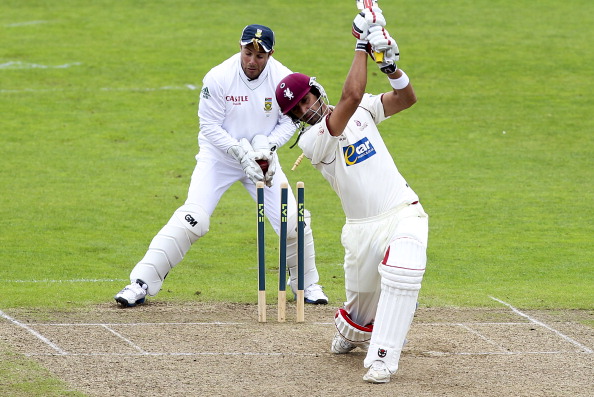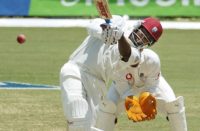Derek Pringle takes a leaf out of Wisden 1937 to compare the Laws then with the changes being brought in by MCC
You can tell much about how society has evolved from changes to the rules and regulations that bind it, but what about cricket? MCC have just released an update on the 42 Laws which will govern the game from October this year. For no other reason than curiosity, I thought I’d compare some to those extant in 1937, a year picked, not at random, but because it is the oldest copy of Wisden that I possess.
The Law most often referred to in recent years, at least by the media, is Law 42, which deals with Unfair Play. As TV cameras get ever closer and more personal, exposing cricketers’ shortcomings and foibles on the field of play as never before, a good part of that Law has come to deal with players’ behaviour.
Well, that section has now been cleaved away to form Law 42 on its own, the Unfair Play section having shifted up one on the list to become Law 41. Apart from the shift the obvious question is why, when ICC have a strong Code of Conduct, would you need to create a new Law which, at its most extreme, allows for the temporary or permanent removal of miscreants from the field of play?
According to MCC, player behaviour at clubs and schools (the recreational game) is deteriorating rapidly and this new Law would give umpires a decisive and punitive way to deal with the worst excesses. My worry, though, is that sin bins have never been part of the cricket landscape and may cause even more ructions as a result. Yet the system has been accepted in rugby so maybe cricketers will do likewise.
In 1937, cricket was a byword for decorum so there is not a peep, explicitly, about player behaviour in the Laws. There is, however, a section on Unfair Play, though it occurs down one in the charts as Law 43. Nevertheless, it possesses a neatness beyond even today’s redraft stating: “The Umpires are the sole judge or fair and unfair play, of the fitness of the ground, the weather, and the light for play; all disputes should be determined by them, and if they disagree the actual state of things shall continue.”
Another change, and one which surprises given MCC’s devotion towards upholding the Spirit of Cricket (a preamble to the Laws also now rewritten), is that enshrined under Law 41.16, which deals with the non-striker leaving his or her ground early. It used to be considered poor form if a bowler ran out a non-striker for backing up too far without at least warning them twice, but with several high profile cases in 2016, MCC have decided to remove the social niceties of the pre-war era and replace them with the harsh realities of the Law.
Arguably the most apposite change this time is to Law 5 and the limits it now places on the dimensions of the bat. In 1937, that particular Law simply stated that “the Bat shall not exceed four inches and one quarter in the widest part; it shall not exceed 38 inches in length.”
Eighty years later those particular measurements have not changed, though in the interests of maintaining a balance between bat and ball, limits now apply to the thickness of the bat as well.
From October, the maximum dimensions concerning a bat’s volume will be 67mm in depth with 40mm edges, something umpires will be able to measure with a special gauge.
Finally, something not even considered in 1937, but clearly a product of our safety-conscious times, is the use of specially designed mechanisms (not explicitly described but coming under Law 8), which tether the bails to the stumps, allowing them to be broken but not to fly off in a manner that may injure the wicket-keeper.
Paul Downton had his career cut short after a flying bail damaged his eye at Basingstoke in the late 1980s, while Mark Boucher had to retire early from international cricket after suffering a similar fate on South Africa’s tour to England in 2012.
But if most international keepers now wear helmets or eyewear to protect against flying bails, MCC is once again considering those in the recreational game who might not have cutting edge equipment do deal with such a threat – just like in 1937.
This piece originally featured in The Cricket Paper, April 14 2017
Subscribe to the digital edition of The Cricket Paper here















